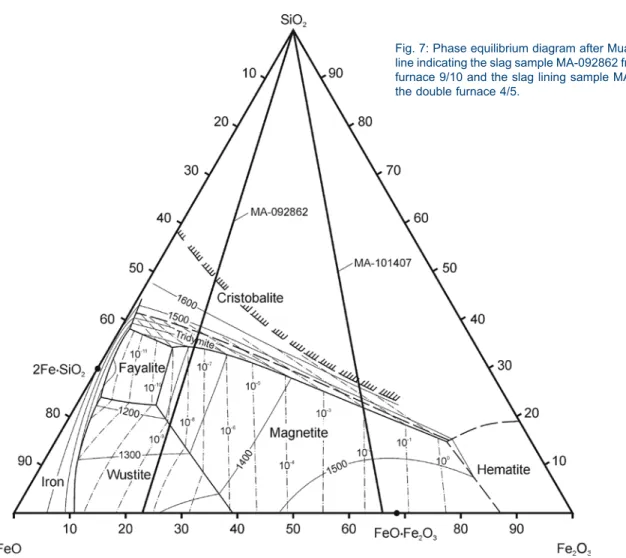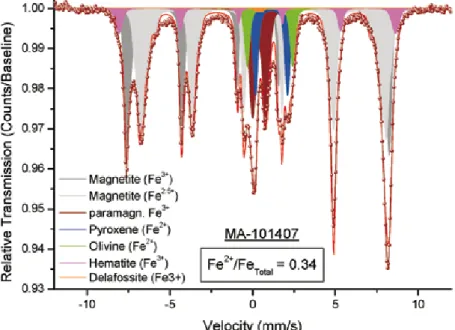Archaeometallurgical studies on the slags of the Middle Bronze Age copper smelting site S1, Styria, Austria
Full text
Figure

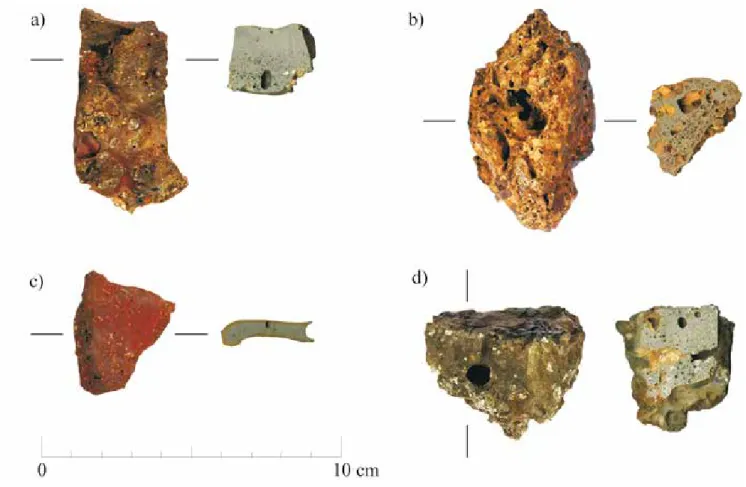
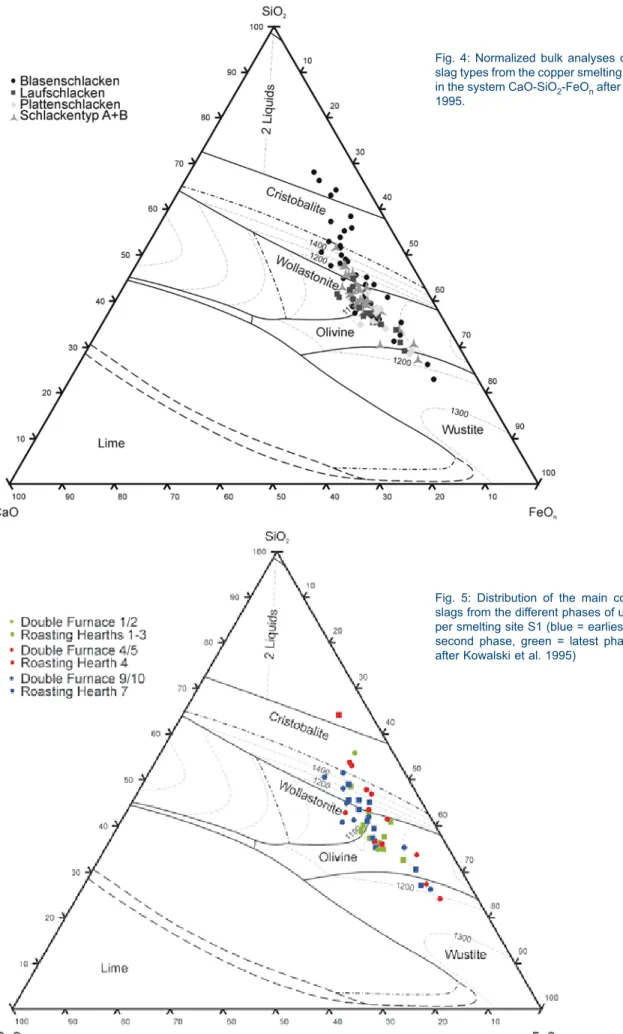
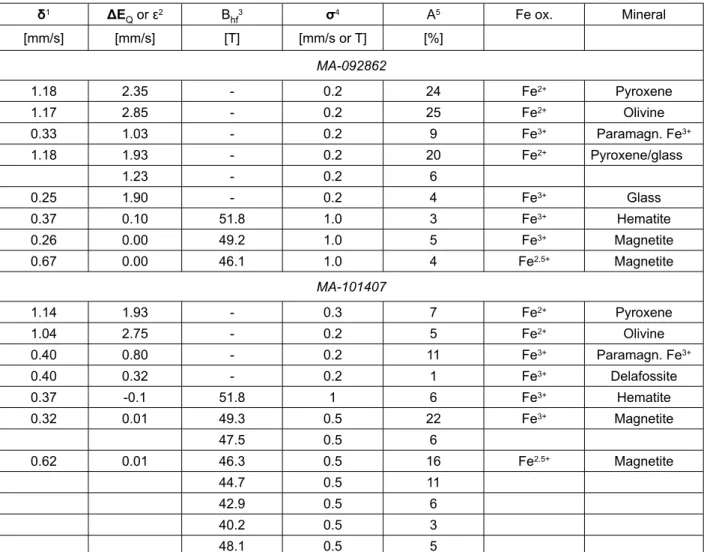
Related documents
The paper is discussed for various techniques for sensor localization and various interpolation methods for variety of prediction methods used by various applications
Thus, the purposes of present study were 1) to analyze the possibility of identifying the heart rate variability threshold (HRVT) by considering the responses of para-
[10](also see [35]) introduced a new concept of c -distance in cone metric spaces which is a cone version of w -distance of Kada et. proved some coincidence point theorems on
The immobilization of the polymer polyethyleneamine coated with the active drug dexamethasone on absorbable sutures showed better controlled release of the active moiety for about
More recently the cardiovascular ab- reduction in vital capacity and total lung normalities secondary to scoliosis have been capacity while the residual volume is with-
The experimental method in order to obtain data on different light intensity, fuel consumption, and number of catch in PS fishing using MH and LED lamps as fish attractor..
Wraz ze wzrostem sub−MICs, bez względu na rodzaj leku, zmniejszała się liczba bakterii wiązanych na ko− mórkach nabłonkowych.. Przyczyną tego zjawiska były zmiany w
Figure 6 below shows the graph for different values of network loss v/s the simulation run-time keeping the total number of nodes fixed at 3000..
